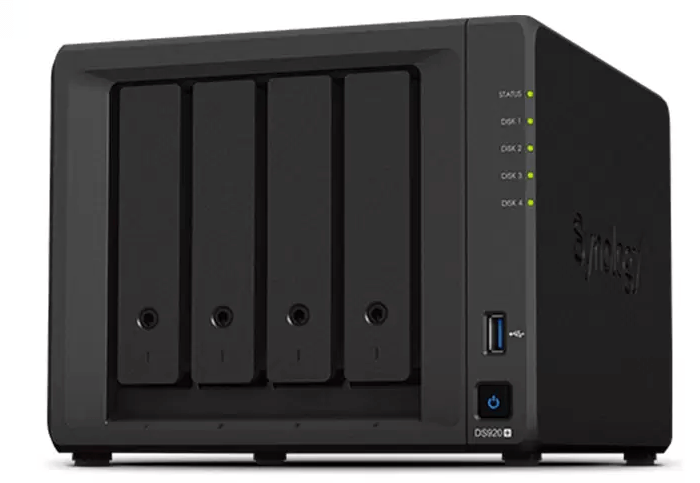This detailed guide explains how to access NAS drive remotely, including methods for Mac users and solutions for Windows 10. Understand the best practices to ensure safe and seamless file access from anywhere, without relying on complex setups or configurations.

Accessing a NAS (Network Attached Storage) drive remotely is a game-changer for those who need their files, media, or work documents while away from home or the office. With so much reliance on digital content, the ability to access your NAS drive remotely is no longer just a luxury—it’s practically a necessity. Whether you're on a business trip or simply relaxing in a coffee shop, knowing how to access NAS drive remotely can save you time, stress, and, in some cases, money.

So, why do users find this feature so vital? Let’s dive into the reasons.
First off, remote access offers unparalleled convenience.
Another major reason is collaboration.
Now that you know why remote NAS access is so beneficial, let's explore practical ways to set it up and resolve common issues.
One way to ensure you can access your NAS remotely is by setting up the device itself for external connections. Most modern NAS drives, like My Cloud EX2 Ultra, are designed with remote functionality in mind. Begin by accessing your NAS's web interface through your local network. From there, navigate to the network settings and enable remote access. You may need to create an account through the manufacturer’s cloud service, which links your NAS to their secure servers for remote login.
Once that’s set, check your network router’s settings. Ensure that UPnP (Universal Plug and Play) is enabled, as this helps the NAS communicate with external devices more effectively. If your router doesn’t support UPnP or if the feature doesn’t work, you might need to set up port forwarding manually. This step ensures your NAS can bypass the router’s firewall securely. To test, try accessing your NAS from a different network, such as a mobile hotspot.
When it comes to Mac users, they might wonder how to access NAS drive remotely Mac without unnecessary complications. Start by opening Finder and connecting to the NAS using its external IP address. Once connected, save the settings so your Mac remembers the drive for future access.
For Windows 10 users, the process differs slightly. Many ask how to access NAS drive remotely Windows 10 while ensuring a seamless experience. Windows 10 makes it simple through the "Map Network Drive" feature. Input the NAS’s IP address and assign it a drive letter. This allows your NAS to appear like a regular drive in File Explorer, no matter where you’re located.
Sometimes, third-party software can make remote NAS access even more user-friendly. If the native options aren’t working or feel limited, apps like Plex or Synology Drive can streamline access and add features like streaming or syncing files. For instance, My Cloud EX2 Ultra users often prefer apps like WD My Cloud, which simplifies the process while ensuring security. These tools also address common hiccups, such as compatibility issues or difficulty locating the NAS on external networks.
If you’re troubleshooting why your NAS isn’t working remotely, several culprits could be at play.
This article addresses the question “How to access NAS Drive remotely?” If you’re considering migrating files from your current cloud service to NAS, or vice versa, MultCloud can be extremely useful. Trusted by over 3 million users, MultCloud is a multi-cloud management tool that facilitates the transferring or synchronizing of files between various cloud services.
For instance, it allows for seamless file transfers from cloud drives like Synology NAS to Google Drive without downloading and re-uploading files. MultCloud also enables you to access and manage all your cloud accounts via a single application. Currently, it supports more than 30 different cloud services, including Google Drive, OneDrive, Dropbox, Box, Google Photos, iCloud Photos, FTP, WebDAV, iCloud Drive, pCloud, Amazon S3, 4shared, Icedrive, Wasabi, ownCloud, Backblaze, IDrive e2, Box for Business, Google Workspace, Gmail, Outlook, MySQL, NAS, FTP/SFTP, and more.
With all these tips and strategies in mind, remote NAS access can be a breeze. Whether you're managing files for business or personal use, having a reliable setup will make your digital life so much simpler.